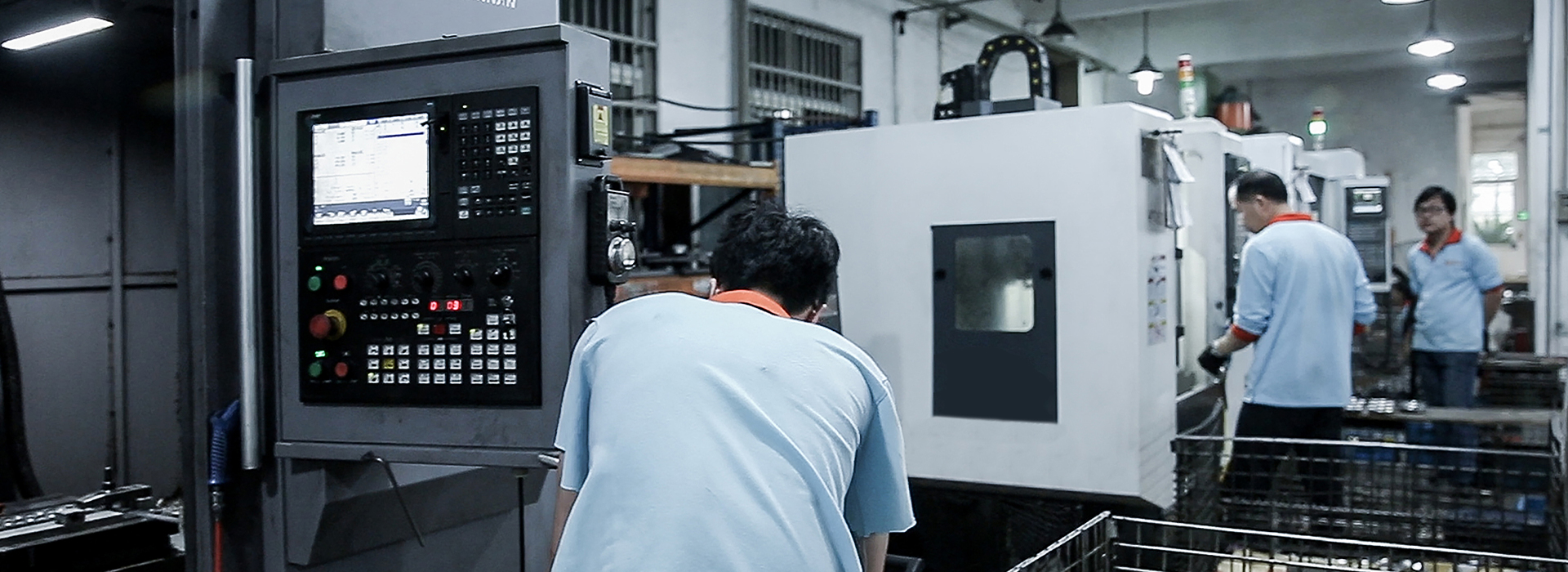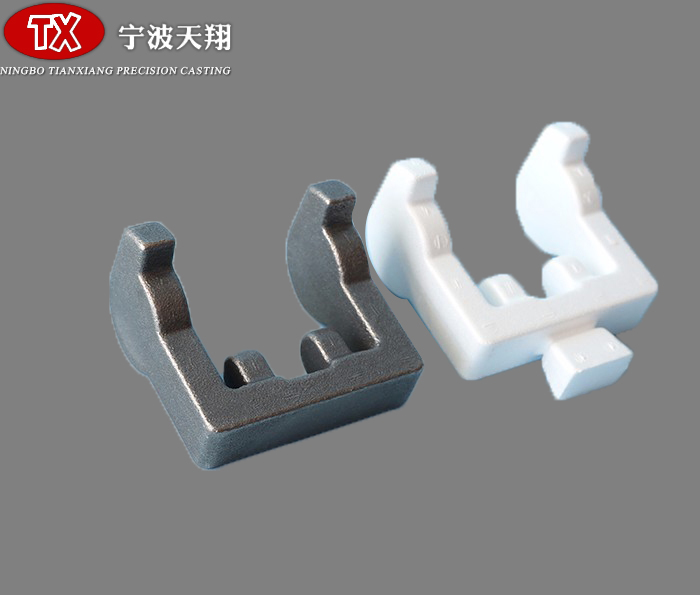
Lost Foam Casting (EPC) is a new casting process made of spheroidal graphite castings, which is made of foam plastics (EPS, STMMA, etc.), which is exactly the same as the structure size of the casting. After treatment, it is embedded into the sand box tightly poured into the molten metal to make the mould gasified decomposed replaced by liquid metal. In this chapter, the status quo of EPC technology is briefly reviewed, including the development overview, process flow characteristics, advantages disadvantages of EPC technology, applicability economy of EPC technology, etc. The purpose is to have a comprehensive systematic understanding of EPC technology, so as to provide convenience for EPC design.
Lost foam casting perfectly integrates the advantages of "magnetic casting" "V casting". In 1956, American H.F.Shoyer began the experiment of casting polystyrene foam for casting, achieved results. In 1958, H.F. shoyer published his patent called it "cavity free casting". The manufacturing of metal statues art castings is based on this technology. After many years of practical research, the original Federal Germany began to introduce this patent the United States in 1962. Thus, it began to gradually develop the lost foam casting method, it was quickly applied extended to industrial manufacturing. In 1999, a survey the University of Wisconsin showed that about 6% of the aluminum alloy cast by this process in 1990. In 1997, it developed rapidly in the field of gray cast iron nodular cast iron reached 15% application in 2009.
